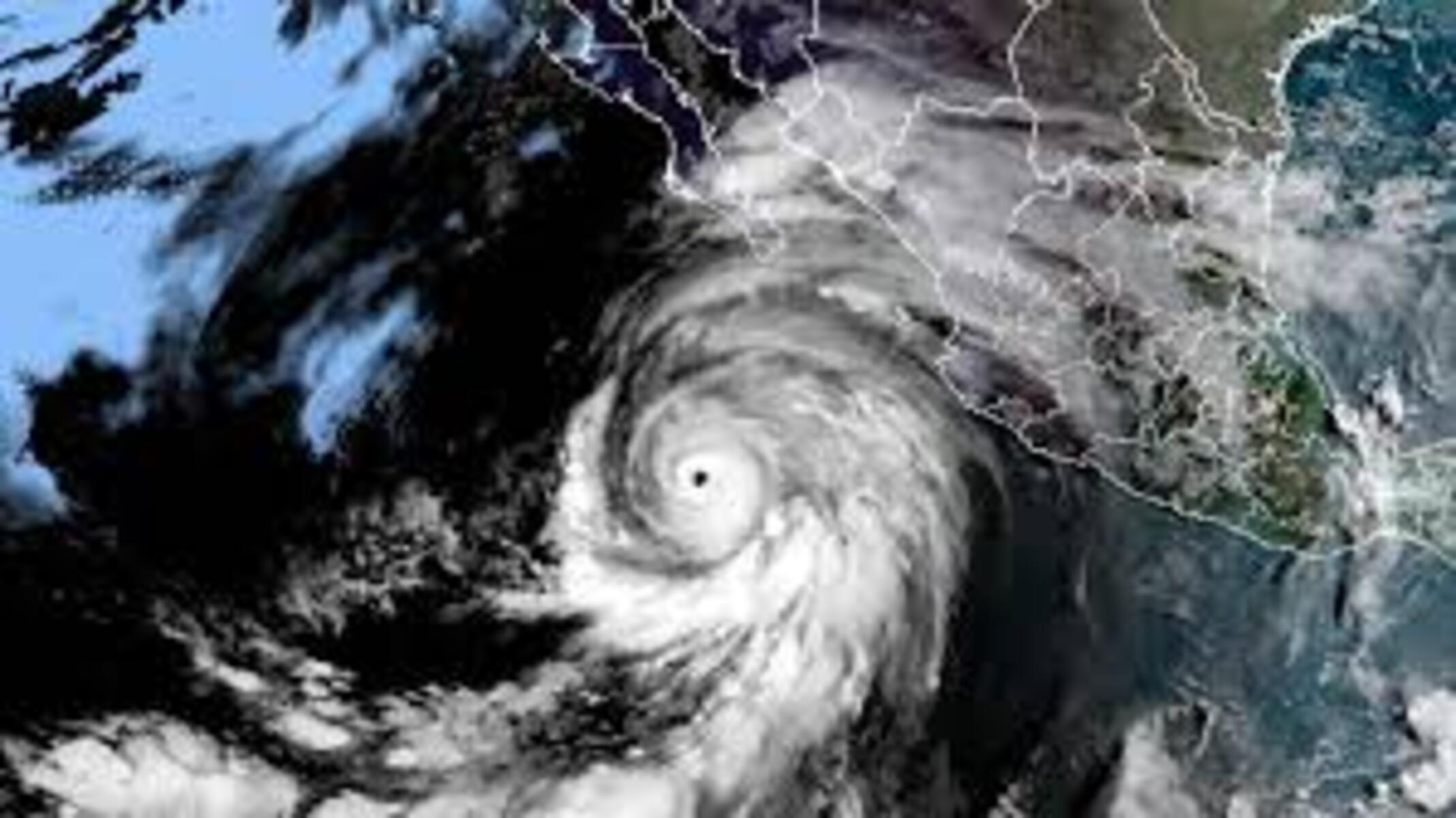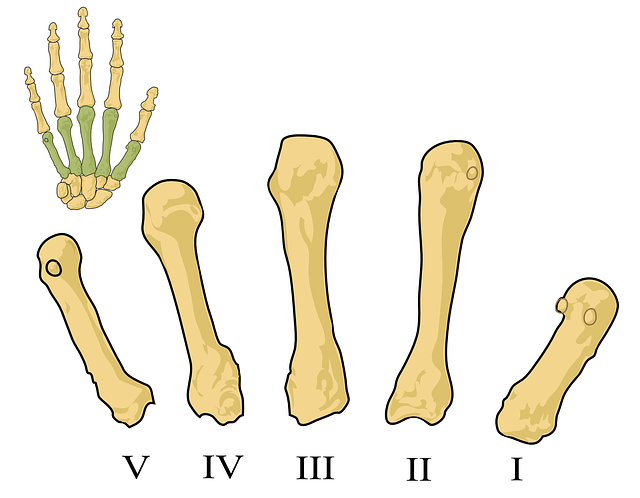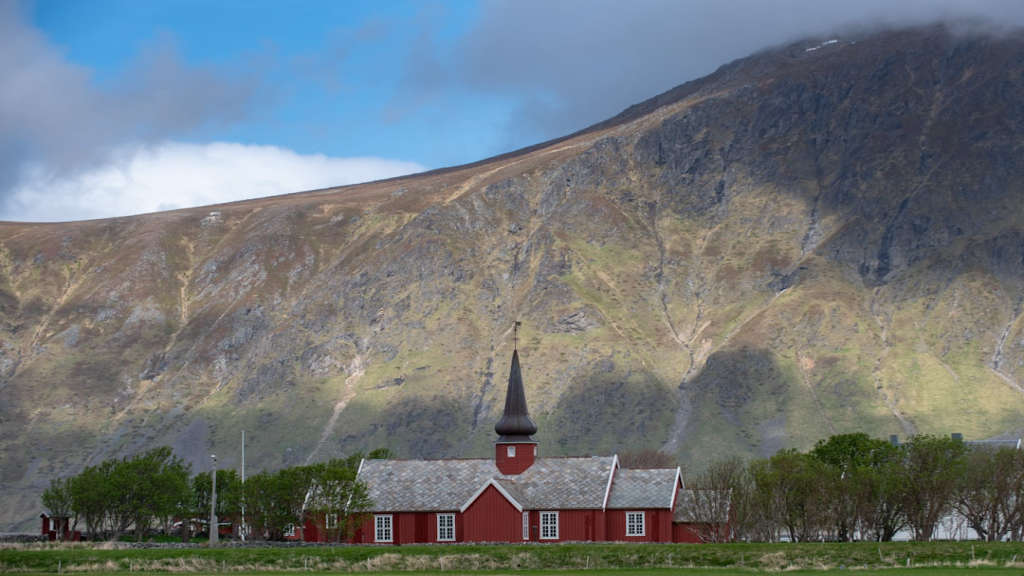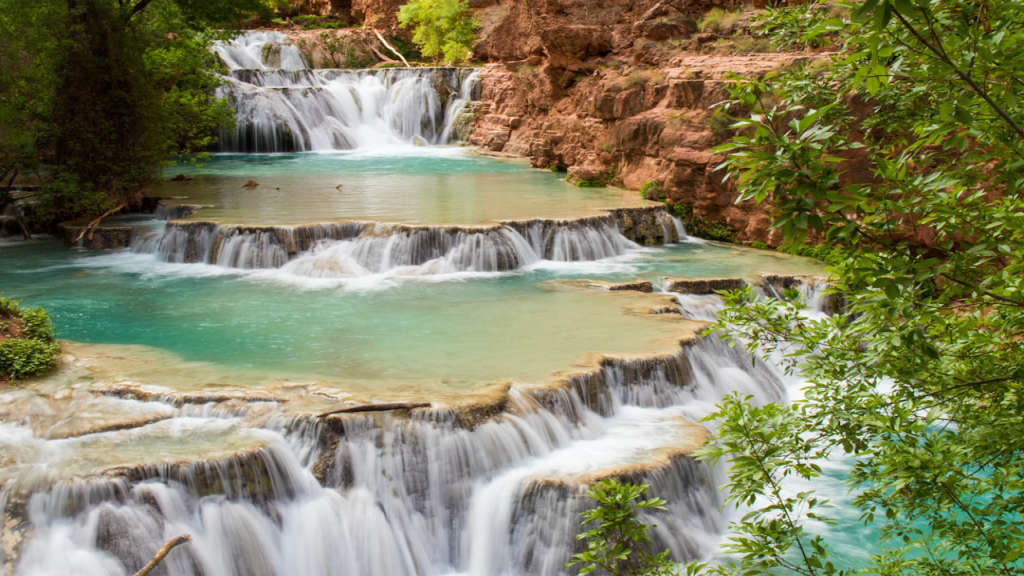The concept of life in space
Also known as astrobiology, explores the possibility of life beyond Earth, whether it exists now or has existed in the past. Here are some key points related to space and life:
1. Search for Extraterrestrial Life
Scientists study extreme environments on Earth, such as deep-sea hydrothermal vents, acidic hot springs, and polar regions, to understand where life might exist in the universe. They also search for signs of life on other celestial bodies, such as Mars, Europa, Enceladus, and exoplanets in distant star systems.
2. Extremophiles
Some microorganisms known as extremophiles thrive in extreme conditions on Earth, leading scientists to speculate that similar organisms could exist in harsh environments elsewhere in the universe. Studying extremophiles helps scientists understand the limits of life and where to search for it beyond Earth.
3. Habitability
Astrobiologists identify key factors that contribute to a celestial body’s habitability, such as the presence of liquid water, energy sources, and organic molecules. These factors help scientists assess the potential for life on other planets, moons, and exoplanets.
4. Mars Exploration
Mars is a primary target for the search for life beyond Earth due to its similarities to Earth and evidence of past water activity. Robotic missions, such as the Mars rovers and the upcoming Mars Sample Return mission, seek to uncover clues about Mars’ past habitability and the potential for past or present life.
5. Exoplanets
The discovery of thousands of exoplanets orbiting distant stars has expanded the search for life beyond our solar system. Scientists use techniques like the transit method and the radial velocity method to detect exoplanets and study their atmospheres for signs of habitability and biosignatures.
6. Future Missions
Future space missions, such as the James Webb Space Telescope (JWST) and next-generation space telescopes, will enable scientists to study exoplanet atmospheres in more detail and search for signs of life beyond Earth.
Overall, the search for life in space is an interdisciplinary field that combines astronomy, biology, geology, and planetary science to explore the origins, evolution, and distribution of life in the universe. While no definitive evidence of extraterrestrial life has been found yet, ongoing research continues to expand our understanding of the potential for life beyond Earth.

























0 Comment